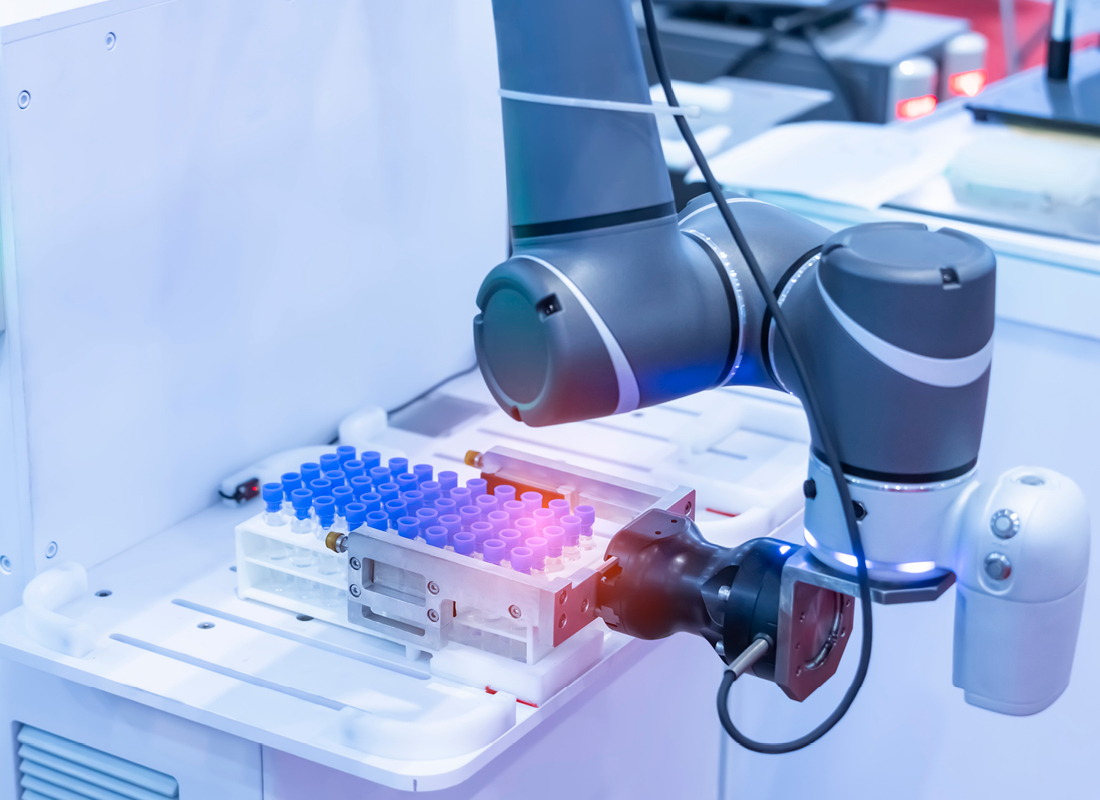Expert Q&A: Key Issues and Developments in Clinical Lab Automation
Laboratory leaders from Geisinger discuss key lab automation developments in their organization.

Subscribe to Clinical Diagnostics Insider to view
Start a Free Trial for immediate access to this article